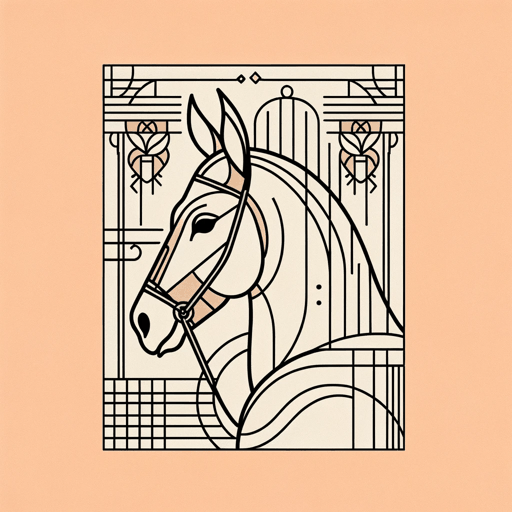16 pages • 32 minutes read
Langston HughesMe and the Mule
Fiction | Poem | Adult | Published in 1959A modern alternative to SparkNotes and CliffsNotes, SuperSummary offers high-quality Study Guides with detailed chapter summaries and analysis of major themes, characters, and more.
Summary and Study Guide
Overview
First published in Hughes’s 1942 collection Shakespeare in Harlem, the poem “Me and the Mule” extolls the virtues of Black racial pride with simplicity and directness. “Me and the Mule” relies strongly on a powerful metaphor to call for equality within a society that views Black men like the speaker of the poem, as akin to load-bearing, overworked mules, good only for providing labor.
As a writer of the Harlem Renaissance, Hughes often focused in his writing on Black cultural identity. Although published after the height of the Harlem Renaissance—which predominately took place during the 1920s and 1930s—“Me and the Mule” upholds many of the same tenets of that movement, including a focus on African American art, music, and activism. “Me and the Mule” is short and marked by a rhythmic and simple rhyme scheme that is often seen in Jazz poetry, another hallmark of the literature of the Harlem Renaissance.
Although not as famous as Hughes’s more renowned poems like “The Negro Speaks of Rivers,” “The Weary Blues,” or “Dream Deferred,” which inspired the famous stage play A Raisin in the Sun, “Me and the Mule” espouses an important and powerful message about selfhood, urging fellow Black people never to allow mistreatment to forget how to be proud of their heritage and history. Hughes ends the poem by urging its subject to stand up and loudly defend his dignity by saying he is “Black—and don't give a damn! / You got to take me / Like I am” (Lines 6-8).
Poet Biography
Langston Hughes was a famous poet, writer, playwright, and activist. One of the originators of Jazz poetry, Hughes is one of the best-known poets of the Harlem Renaissance.
James Mercer Langston Hughes was born on February 1, 1901, in Joplin, Missouri. Hughes’s mother, schoolteacher Caroline Langston, came from a family deeply involved in education and Black activism. She and Hughes’s father, James Nathaniel Hughes, had two children. However, soon after Hughes’s birth, his parents divorced and James Hughes left the family to seek refuge from racism in Cuba. After the divorce, Hughes’s mother was forced to travel, seeking employment and stability. Due to Caroline’s dire financial situation, Hughes was primarily raised by his maternal grandmother Mary Langston in Lawrence, Kansas. Over the course of her life, Mary Langston inspired a sense of Black pride in Hughes that later came to define his writing.
After his grandmother’s death, Hughes lived with family friends before joining his mother in Lincoln, Illinois. Hughes cultivated his writing as a student at Columbia University, where he published his work under a pen name. Hughes struggled with the racial prejudice he experienced while attending Columbia, which ultimately led him to leave school in 1922.
Hughes spent a portion of the 1920s abroad, first as a Marine, and later as an expatriate in London, England, before returning to the United States. In 1929, he graduated with a BA from Lincoln University. Hughes spent the remainder of his life in the Harlem neighborhood of New York City. Hughes’s sexuality has been long debated by scholars. At different points in his life, he identified with various theoretical, philosophical, and political movements, including Humanism and Communism. Hughes died on May 22, 1967, from complications of abdominal surgery and prostate cancer. He was 66 years old.
Poem Text
Hughes, Langston. “Me and the Mule.” 1942. All Poetry.
Summary
In the first stanza, the speaker considers his mule, which always smiles. The choice of animal is important: Mules are draft animals specifically domesticated for hard labor. The poem explains why the mule’s grin affects the speaker so much: The animal has “been a mule so long / He's forgotten about his race” (Lines 3-4). The use of the word “race,” rather than a word like “animal” or “species,” aligns the mule with the human, linking its unawareness of its identity with that of the speaker.
The second stanza deepens the connection, as the speaker declares “I'm like that old mule— / Black” (Lines 5-6). The speaker means that his mule and he, a Black man, hold a similar place in society, often denied dignity. However, the speaker and the mule “don’t give a damn” about the way society views them and grin anyway, despite their low social status. In the final two lines of the poem, the speaker spells out the approach to others that guides his sense of self: “You got to take me / Like I am” (Lines 7-8). The mule and the metaphor fall away as the speaker issues a command to readers, insisting, in a stand of racial pride, that he be accepted fairly by society, regardless of his race.
Related Titles
By Langston Hughes

Children’s Rhymes
Langston Hughes

Cora Unashamed
Langston Hughes
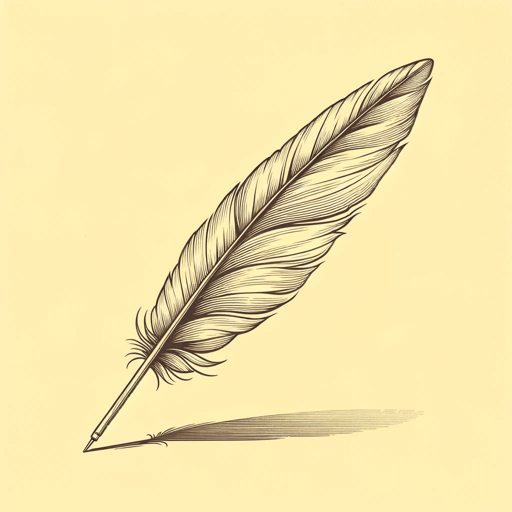
Dreams
Langston Hughes
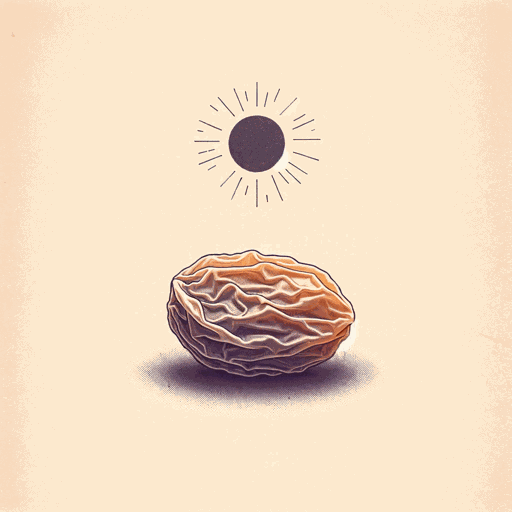
Harlem
Langston Hughes
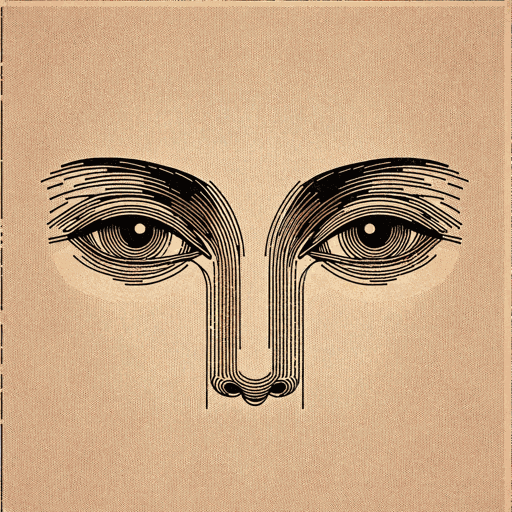
I look at the world
Langston Hughes
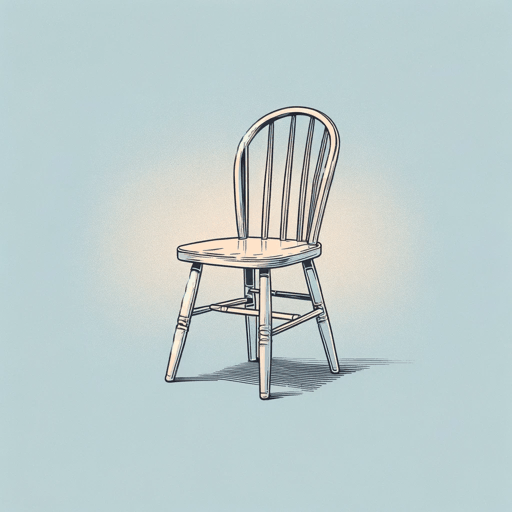
I, Too
Langston Hughes

Let America Be America Again
Langston Hughes

Mother to Son
Langston Hughes

Mulatto
Langston Hughes

Mule Bone: A Comedy of Negro Life
Langston Hughes, Zora Neale Hurston
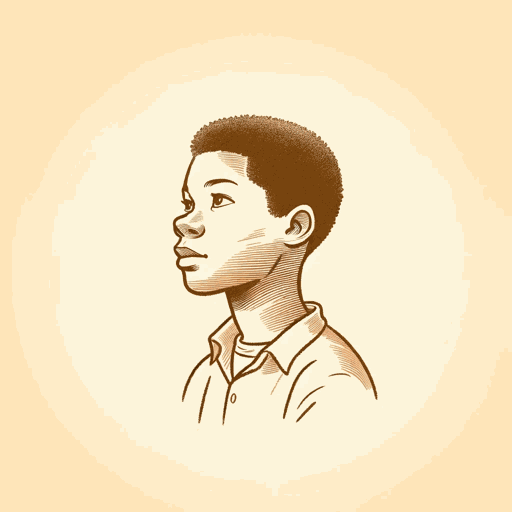
Not Without Laughter
Langston Hughes

Slave on the Block
Langston Hughes
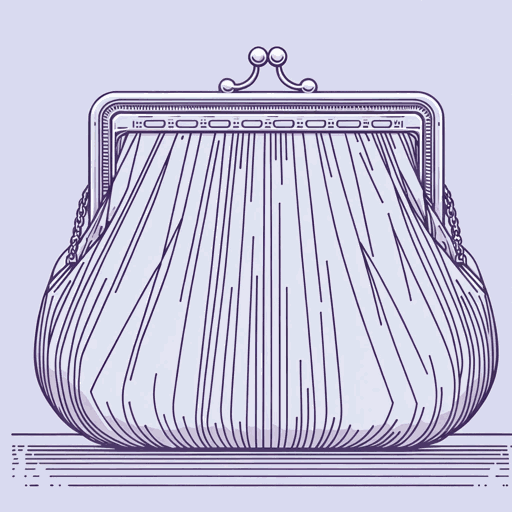
Thank You, M'am
Langston Hughes

The Big Sea
Langston Hughes
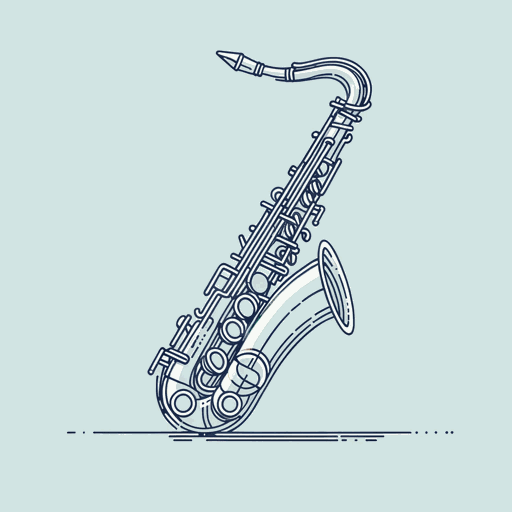
Theme for English B
Langston Hughes
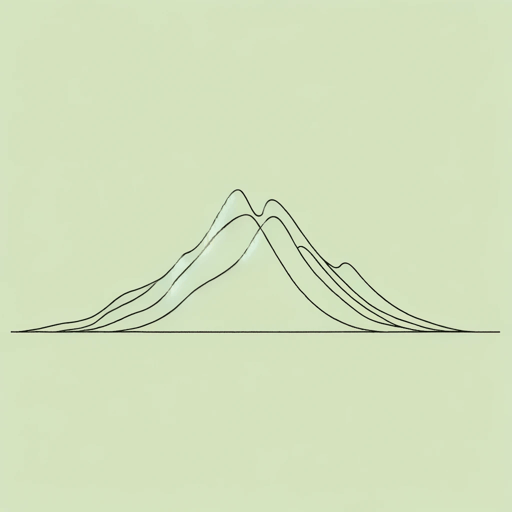
The Negro Artist and the Racial Mountain
Langston Hughes

The Negro Speaks of Rivers
Langston Hughes
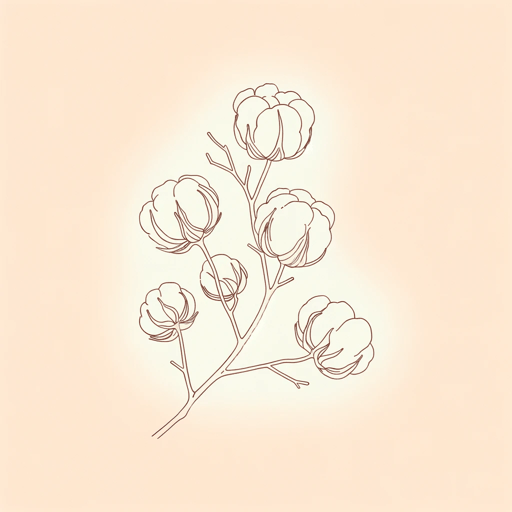
The Ways of White Folks
Langston Hughes

The Weary Blues
Langston Hughes

Tired
Langston Hughes
Featured Collections
African American Literature
View Collection
American Literature
View Collection
Books About Race in America
View Collection
Books on U.S. History
View Collection
Civil Rights & Jim Crow
View Collection
Contemporary Books on Social Justice
View Collection
Diverse Voices (High School)
View Collection
Diverse Voices (Middle Grade)
View Collection
Equality
View Collection
Harlem Renaissance
View Collection
Poetry: Perseverance
View Collection
Pride & Shame
View Collection
Short Poems
View Collection
